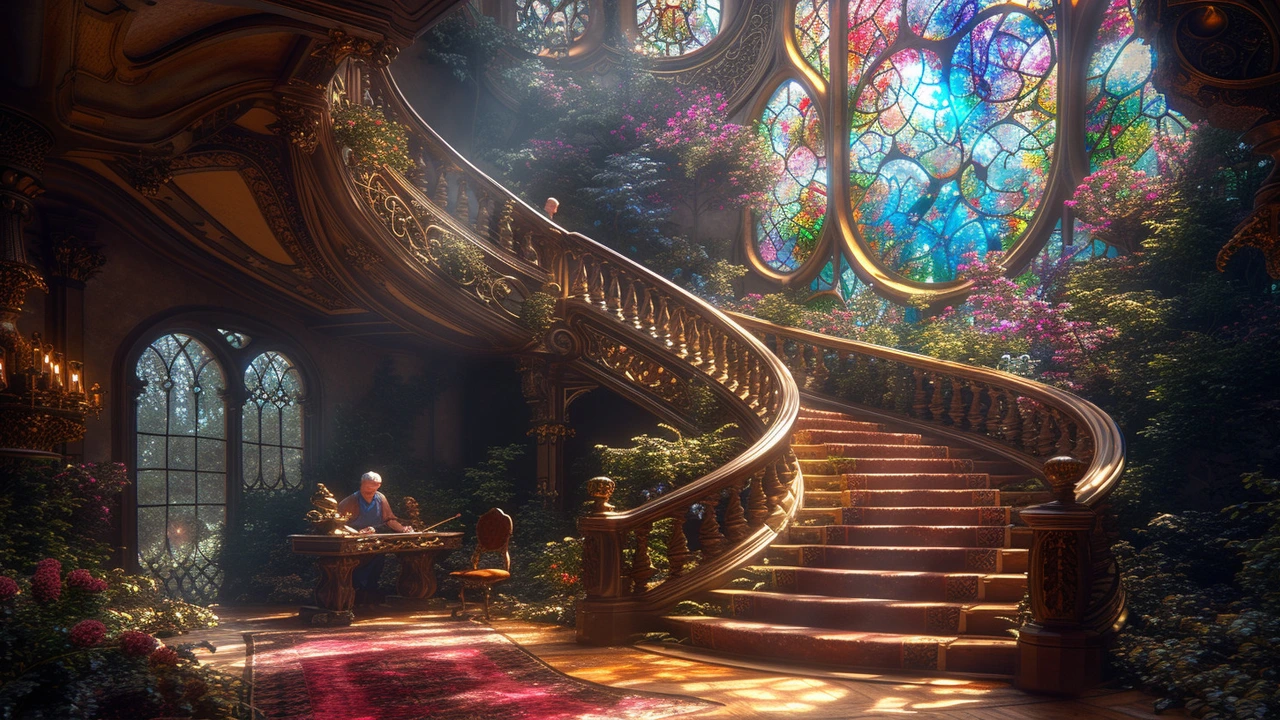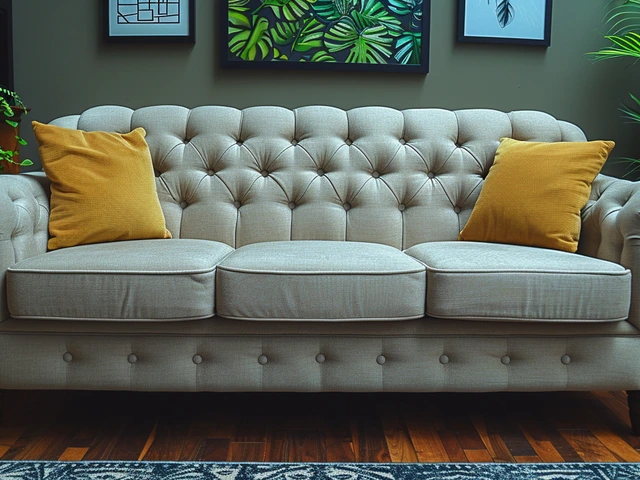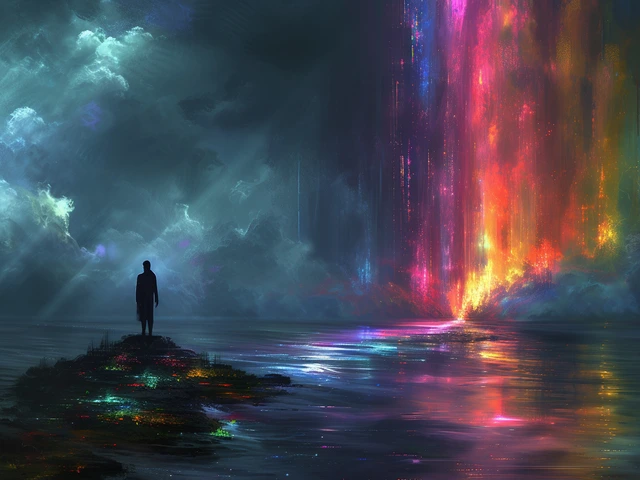The Birth of Art Nouveau
Let's turn the hands of time back to the 19th century, specifically sometime around 1890. This was the beginning of what would be known as Art Nouveau, also referred to as the "New Art". Now, picture yourself in a world that was inundated by the sober, rigid, and standardised products of the burgeoning Industrial Revolution. Art Nouveau burst onto the scene like a breath of fresh air, with its vibrant colours, novel forms, and naturalistic motifs. Just think, if such a revolution could occur in an age without the Internet, what might be possible today?
Art Nouveau had a remarkably short lifespan - just two short decades - but in that time, it had massive impact and resonance. This was an artistic movement that spread across Europe and North America, and found expression in every conceivable medium - from architecture and furniture to glass art, ceramics, textiles, and even jewellery and clothing.
Art Nouveau: The International Phenomenon
Art Nouveau was an artistic phenomenon without borders, and resonated globally. Among its most prominent features was the way it welcomed and valued auteurs, with each region developing its distinct style. While the lush, whiplash lines of Belgian and French Art Nouveau are often the first that spring to mind when we think of this style, there was a myriad of approaches across the globe. In Scotland, for instance, Charles Rennie Mackintosh devised architectural and interior designs of breathtaking simplicity and clarity, a powerful antidote to the ornamental excesses elsewhere.
Meanwhile, the Austrians and Germans had their own take on the art form. Over there, it was called Jugendstil, and it demonstrated a preference for geometric simplicity, a profound departure from the organic ornamentation found in the French style.
The Influence of Asian Art
Have you ever looked at an Art Nouveau print and thought it looked 'Japanese'? If so, you're on the money. The art form was heavily influenced by Japanese woodblock prints, called ukiyo-e. These prints were the latest rage in Western art circles towards the end of the 19th century. They introduced novel viewpoints, as well as unusual colour palettes and compositional techniques that were rapidly embraced and incorporated into the Art Nouveau style.
Take for instance, the way ukiyo-e artists like Hokusai used a diagonal orientation to add depth. Well, the Art Nouveau artists picked up on this technique and injected it into their own work, infusing yet more dynamism into their designs.
Art Nouveau and the Natural World
Perhaps my favourite aspect of Art Nouveau is its strong link to the natural world. Many designs drew on natural phenomena such as undersea organisms, plants, and flowers, resulting in a style teeming with life. Creatures like spiders and dragonflies became popular themes, while flowers, vines and roots seemed to grow right out of the canvasses.
Remember when Antonia and I adopted Sprinkles and she immediately took to sleeping on one particular Art Nouveau rug in our living room? She must have sensed the familiar natural energy infused into its design.
Art Nouveau and Women
Another defining feature of the Art Nouveau was the frequent placing of women at the centre of their pieces. Many works featured delicately styled, sensuous women, often enveloped by or entwining with various natural elements. In her brilliant analysis of the style, fellow art historian Debora Silverman described these feminine figures as "sinuous, serpentine, and ominous."
Now, it would be a stretch to say that this movement was a harbinger of the feminist wave that was to come, but I like to think that the inclusion of women in a central and powerful way was a sign of changing times.
The Spirit of Renewal
One of my favourite aspects of Art Nouveau is the spirit of renewal it encapsulates. Back in the day, as society surged forward with the Industrial Revolution, Art Nouveau artists and designers sought to break free from the rigid confines of 19th-century academic art and the oppressive onslaught of mass-produced goods. They aspired to create a new, modern style fit for a rapidly changing world. What better symbol for the spirit of renewal than a movement that championed novelty, natural forms, and above all else, artistry?
Wouldn’t we all want to capture such a spirit of reinvention and renewal, especially in our current world now?
The Decline of Art Nouveau
Alas, by the eve of World War I, the world was changing again, and public tastes were shifting. Deemed to be overly ornamental and extravagant for a world engulfed in the shadows of war, Art Nouveau fell out of favour. The Art Deco era began to rear its glossy, geometric head, a stark contrast to the natural motifs of its predecessor.
But just like any good classic, Art Nouveau didn't vanish entirely. Its influence ebbed and flowed across different art movements, and remnants of its genius can still be seen in modern day works. In fact, a hint of its spirit can be seen in the popular digital art style known as 'vaporwave'.
The Legacy of Art Nouveau Today
In closing, I’ll leave you with this insight. When we think about the legacy of Art Nouveau today, we're not just talking about a collection of really pretty pictures or an impressive building or two. It’s more than that. Particularly, it's about a way of thought. It's about a spirit that dared to dream, to reinterpret, and ultimately, to redefine what art could be. And who knows, maybe it's about time we took a leaf from that book.
Art is, after all, a living, breathing entity that continues to evolve and adapt. As we move further into the 21st century and grapple with our own technological, social, and environmental challenges, let the spirit of Art Nouveau serve as a guide. Remembering that in a time not too dissimilar from our own, a brave group of artists and designers dared to break the mould, to champion handcraftsmanship and to bring nature back into art. And maybe that’s exactly what we need to do today. Fine art that pushes boundaries and makes us rethink our relationship with the world is always in season.
And hey, perhaps the next Sprinkles of the world might find your inspired works a favourite resting place, too!




